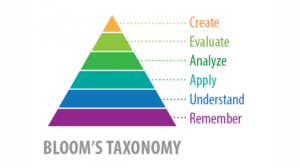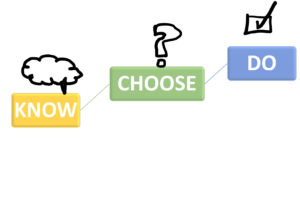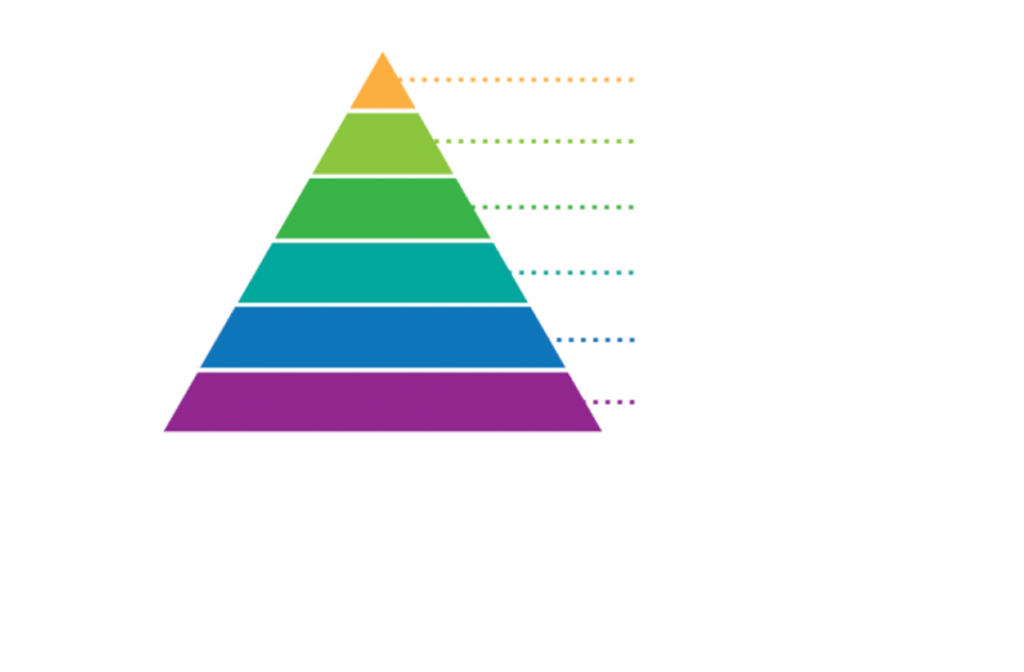Once upon a time, a private company in the aviation industry approached us because the VP of sales wanted “closing skills training.” His evidence: CRM data showing abnormally long sales cycles for their industry, plus personal experience in the field with sales reps following up but not closing. We came into the situation after the VP had already begun evaluating options – he had a small stack of collateral and proposals from an assortment of training vendors.
In the early days of our practices, we might have jumped at the request. In our former lives working with a traditional big-box training vendor, we would have had a workshop at the ready. “Closing skills” is one of those easy-to-visualize, pervasive needs everyone thinks they have. And the sales training industry understands the sexiness of closing skills – try googling “closing skills” and enjoy all the techniques!
However, we’ve found (the hard way) that breaking down training needs into solid learning objectives is necessary if you want to address the root causes of an issue like closing. It’s also really important to have a clear set of learning objectives you can use to evaluate fit if you’re looking for a program, workshop, or speaker.
The Value of Clear Learning Objectives
There are two key reasons clear learning objectives help you turn sales development into sales performance.
Learning Objectives clarify what you really mean. In the case of “closing skills,” you would think from all the focus on “questions that close the sale” and things like “assumptive closing” that the best closers are the best at asking for the sale. But is that always the case?
For example, look at closing skills through the Lens of Love: Does your ability to get a date for the dance depend on how you ask? Often, the how is less important than who you ask, and whether you ask at all.
Now you’re talking qualifying prospects (so you’re asking the right people) and creating the need for next steps, (so you’re more confident in asking). In the case of this client, we easily observed this to be true: While there we saw a great variety of ways of asking for next steps, there were a small set of successful sellers who asked more often and had higher close rates regardless of the technique we saw in action.
Learning Objectives clarify how to the outcomes you want. Learning objectives are objectives, so by nature they focus training on achieving a change. But clear learning objectives using the method we’ll describe shortly create another advantage – they reveal the progression or sequence of steps you need to take to create behavior change.
In other words, clear learning objectives help you get more specific and smarter about what and how you’re training people to sell.
The Problem with Bloom’s Taxonomy
There’s an industry standard that instructional designers use to create effective learning objectives – Bloom’s Taxonomy.
This model is useful because it distinguishes between lower-level learning objectives (remember/understand) and higher-level objectives that involve doing something different.
While useful from an instructional design perspective, Bloom’s is also hard to use. I’ve personally used it to create training for years, and I know how hard it can be. I’ve also seen sales training developers (and even instructional designers!) get caught up in the details. For example, the terms “evaluate” and “analyze” are often distinctions without a difference. And the number of different verbs that could apply across levels adds to the complexity. I still use a “cheat sheet” to keep my verbiage straight!
So, to help sales trainers apply the KISS model (Keep It Simple, Sellers), here’s an easy way to apply the principles of Bloom’s and create great learning objectives without getting too academic.
How to Make Great Learning Objectives – Simplified
I think Bloom’s Taxonomy is twice as complex as necessary. In real life, three things have to happen in order for sales training to be labeled a success:
- KNOW: Sellers need a base of knowledge, both technical (product, etc.) and behavioral (sales skills, etc.)
- CHOOSE: Sellers need to be able to evaluate their options and choose the best path through the conversation or sale
- DO: Sellers need to execute the chosen behavior effectively
This is a smarter approach because it strips away a lot of the term confusion and makes it easier and faster to get to smart learning objectives.
Example: Closing Skills
Let’s use our story – the VP of sales who wanted “closing skills” training for his team.
Fortunately for this company, its sales leader was thoughtful enough to question his own assumptions due to confirmation bias, and he engaged us to look more closely at why the issues were occurring.
What we quickly found in the diagnosis was not a failure to ask for next steps, it was a failure to recognize the need for next steps and propose SMART next steps that met customer needs. For example, instead of recognizing “I don’t know” as an opportunity to determine the need to know (and thus client homework), sellers continued to ask for the typical next steps they were familiar with (demo and proposal).
Here’s a thumbnail of how good learning objectives might look in this situation:
Know:
- How next steps in our sales process meet customer needs
- How customers might express needs (or imply needs) that our next steps can meet
Choose:
- Analyze customer statements and questions for signs of need
- Decide whether to propose next steps
DO:
- Clarify or confirm the need
- Propose next steps that meet the need
- Explain the benefit to the customer
Simple and Effective = Smarter Learning Objectives
Yes, this is a simplistic way to look at learning objectives – it works because of its simplicity!
Here’s the test: If your seller was with a prospect and they had mastered these learning objectives, would it help them leave meetings with more customer commitment? In the case of the aviation company in question, it worked exceedingly well – well enough that they prefer their competitors didn’t know about their story!
Smarter Training Starts with Smarter Learning Objectives
Whether you’re a sales leader, sales trainer, or sales coach, when you see what you think is a need for training, start with these questions:
- What do our sellers need to KNOW to succeed in this situation?
- How do our best sellers CHOOSE between options in this situation?
- What do great sellers DO that helps them succeed in this situation?
And above all, keep it simple.
